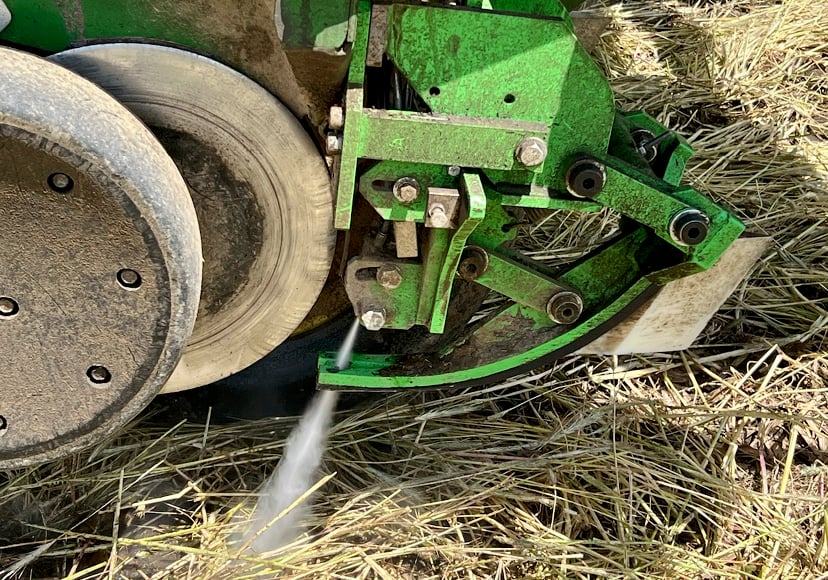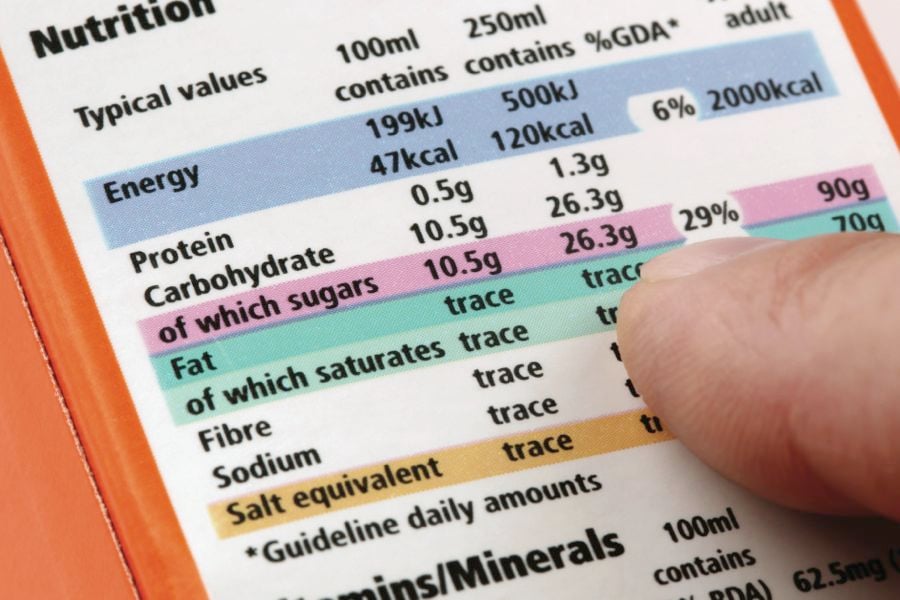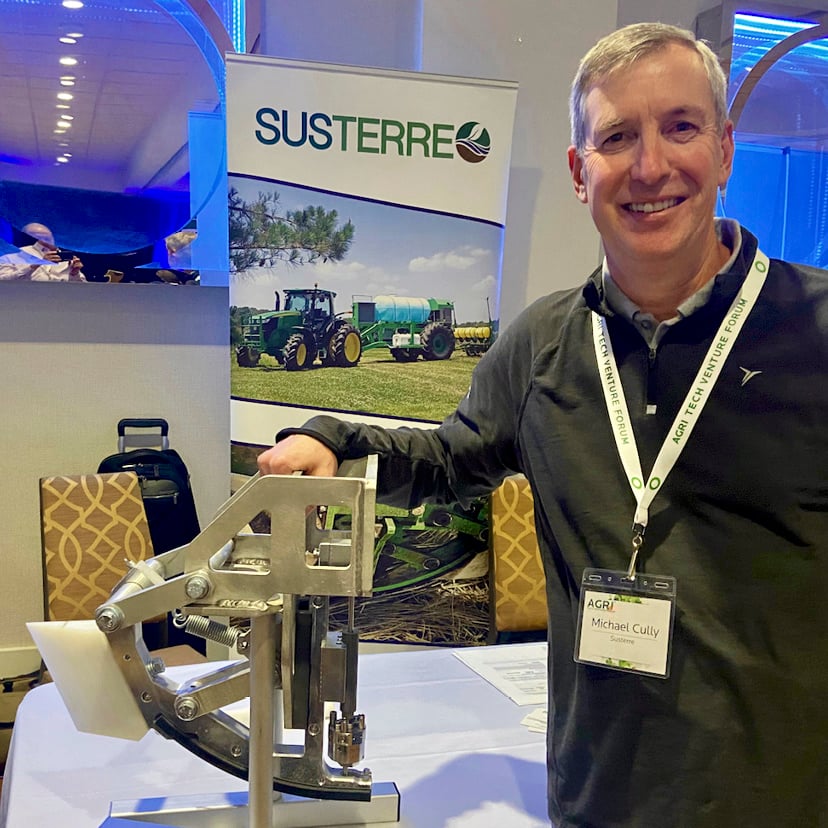Water jet cuts through no-till residue

Long-term use of no-till can be a challenge in high-residue crops, causing many farmers to undertake periodic tillage.
Read Also


Precision nutrition an emerging food trend
Would real-time information on gut health and other biometrics change the way you shop for food? Some people say yes,…
A company with roots in Australia, Canada and now the U.S. has a solution: a jet of high-pressure water to carve open the soil so seed openers and placement technology can put the seed where it should be.
Opener discs can “hairpin that residue into the soil. And when they do that, they’re not going to get seed germination or yield,” says Michael Cully, CEO of Susterre, which is developing the technology.
Susterre has licensed the technology from I-Cubed Industry Innovators, an Ontario company that specializes in industrial uses of high-pressure water and automated manufacturing solutions. It remains an investor in the company and manufactures the system.
I-Cubed brought the idea to Ontario from Australia but it isn’t focused on agriculture, so it allowed a startup company to do final development and commercialization.
Michael Cully, CEO of the company, recently made a pitch for funding to a group of venture capitalists at the Agri Tech Venture Forum in Toronto.


photo:
John Greig
Susterre is one of the first projects funded by Carrot Ventures, a venture studio administered by Verdex Capital, formerly known as the AVAC Group.
Carrot Ventures takes aim at Canadian inability to commercialize enough of its research and technology compared to other countries. It looks for great technology or innovations, then forms a company to manage it, recruits a CEO and helps take the product to market.
Cully was recruited to manage Susterre after a career that involved work for AGCO, JCB and another agriculture technology startup.
The Susterre system attaches to a planter’s toolbar so water is sprayed in front of the disc openers and the seed placement and closing system.
A ski presses down the residue and then jets move water at 60,000 pounds per square inch to cut open the ground. A fine jet of water is all that’s needed to slightly open the residue before the disc openers make a wider slit for the seed.
The jets “cut metal, so they can cut through anything in the field,” says Cully.
The system needs about 10 gallons per acre and starter fertilizer can be used as the cutting liquid, so standard liquid fertilizer bins are good enough.
“It takes the planter and puts it on steroids because the delivery of the seed to depth is so much better with our system,” says Cully.
As well, there isn’t as much need to wait for ground to dry. If the tractor can get on the field without making ruts, the planter can run.
Horsepower needed to run pumps
The limitation is horsepower for the pumps as they take about 12.5 horsepower per row. A 12-row planter needs about 150 horsepower just to run the pumps. On a planter with up to 18 rows, the intensifier pump can be run by hydraulic pumps powered by the power take off.
Larger planters will need an external power source, at this point a generator on a cart between the tractor and the planter.
The system is aimed at crops with row spacing greater than 15 inches. Cully says they expect customers will include those who use no-till as well as those who have held back from using no-till because of residue challenges.
“We can be installed on any make or model of planter, so we could take a conventional farmer, add our system and they would be a no-till farmer.”
Cully says the system can pay for itself in two years with the reduction in costs around no-till and overseeding, plus a yield increase.
Source: Farmtario.com

